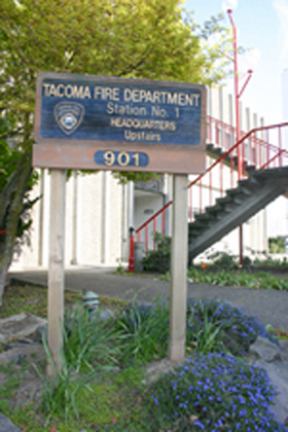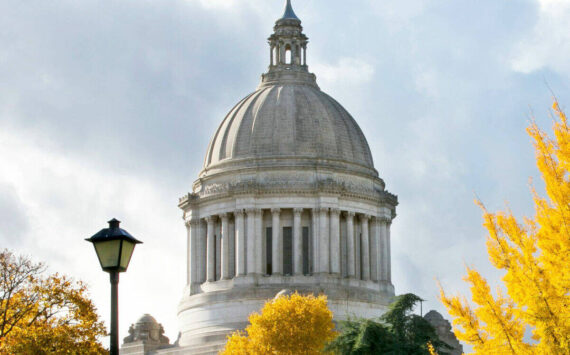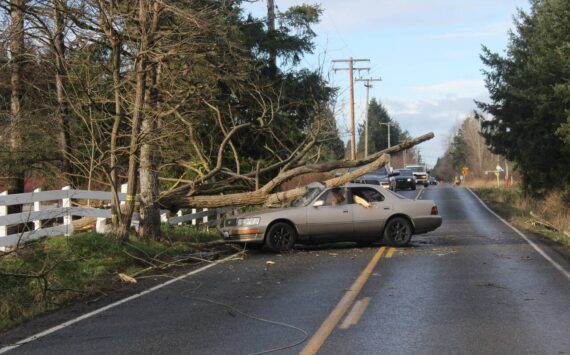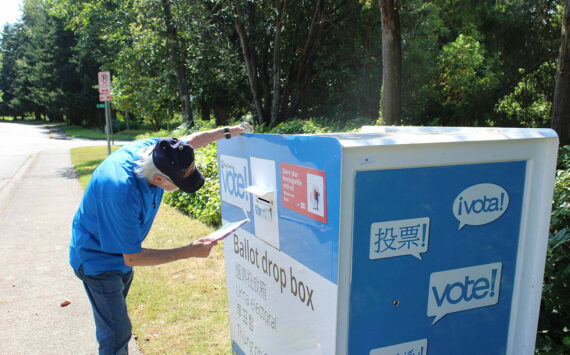As Tacomas population grows, its fire department faces difficulties responding to emergency service needs, according to top officials within the Tacoma Fire Department (TFD).
Demand for service is increasing, said Gary Steinhoff, TFDs Deputy Chief of Operations, during the City Council study session on Tuesday. Serving specific areas is a real challenge.
Steinhoff reported that two fire stations — Station #1 downtown and Station #10 in the southeast area — exceed the industry standards for annual call responses. Those standards, established by a study of the TFD conducted by TriData — one of the nation’s leading fire protection, prevention and emergency management consulting organizations — recommend that fire stations comparable to Tacomas can reasonably respond to 3,000 calls per year.
Between 2003 and 2004, the number of calls to Station #1 jumped from 4,586 to 4,735. During that same period, the number of calls to Station #10 jumped from 3,691 to 3,866.
In an effort to respond to the surge in service calls, stations in adjacent areas have provided primary back-up — a move that has impacted workload capacities throughout the department. Station #2 in south downtown, which provides back-up service, has seen its workload rise from 2,619 calls in 2003 to 3,265 in 2004 — a result of providing such back-up service. Similarly, McKinley Station #11 has seen a jump from 3,175 to 3,264 during the same period.
The increase in service calls points more to Emergency Medical Services (EMS) than fire suppression response. Station #1 experienced a 5.4% rise in EMS calls between 2003 and 2004; Station #10 experienced a 6.5% rise.
We are at the bottom level of what is acceptable service, said Steinhoff.
According to the U.S. Census Bureau, Tacomas population rose from 193,556 in 2000 to 196,800 in 2004.
In addition to increased service calls, many stations need physical repairs or upgrades. Five stations require re-modeling, and three stations need to be constructed anew — one near the tideflats, one downtown, and another in the southeast area — according to Steinhoff.
In total, the department has identified approximately $58.6 million in capital costs to maintain and improve its services: $10.2 million to mitigate current service degradation; $35 million to meet projected future demand; $8.7 million for support facilities; approximately $993,000 in deferred maintenance; and $3.17 million for seismic upgrades and new stations.
To ensure adequate future fire and EMS service response, said Steinhoff, the city will need to make an investment in Fire Department facilities.
Response capabilities to Tacomas northeast neighborhood particularly concern TFD officials. Though Station #3 received only 824 service calls in 2004, the number of EMS calls jumped from 492 to 555 between 2003 and 2004 — an increase of 12.8%. Steinhoff told the council that an aging population and geographical challenge of responding to the neighborhood pose a problem. Furthermore, if nearby Browns Pt. and Dash Pt. are annexed to Tacoma, he recommended that a new station would need to be built.
TFD would like to raise $58.6 million through a voter approved bond measure this fall — a move that would further crowd what is lining up to be a full ballot. Bond measures for an affordable housing trust fund, renovations to the Tacoma Dome and funds for Metro Parks have been discussed.
Councilman Kevin Phelps said he would like to see this issue presented in further detail at a future study session.
Councilman Rick Talbert asked whether it would make sense to create EMS-only stations because EMS calls are where TFD has seen the most demand for service. It seems like it would be cheaper to build smaller stations that specifically provide EMS service, he said.
Steinhoff said that was an option, but he wasnt aware of such a model in cities elsewhere.
Councilman Tom Stenger said, Im glad to see TFD encompassing all the options and looking at the big picture. If our plan is for the city to grow, were going to have more demands on EMS services.








